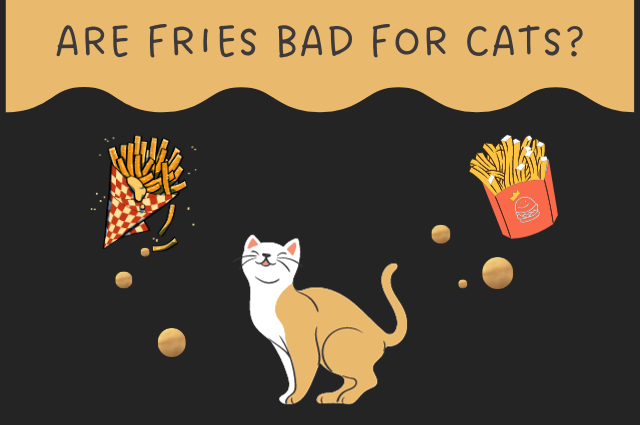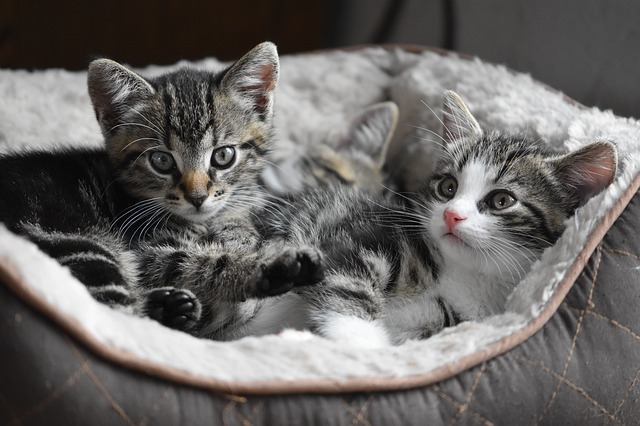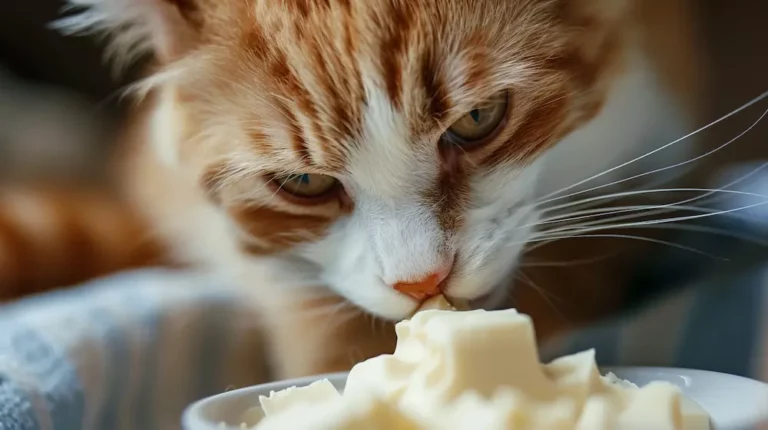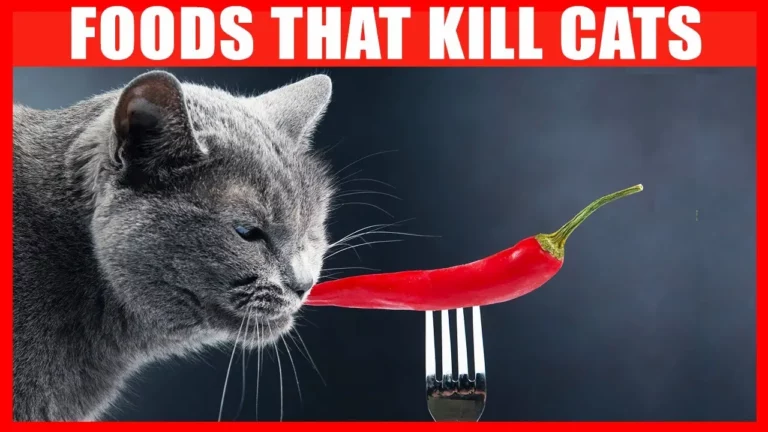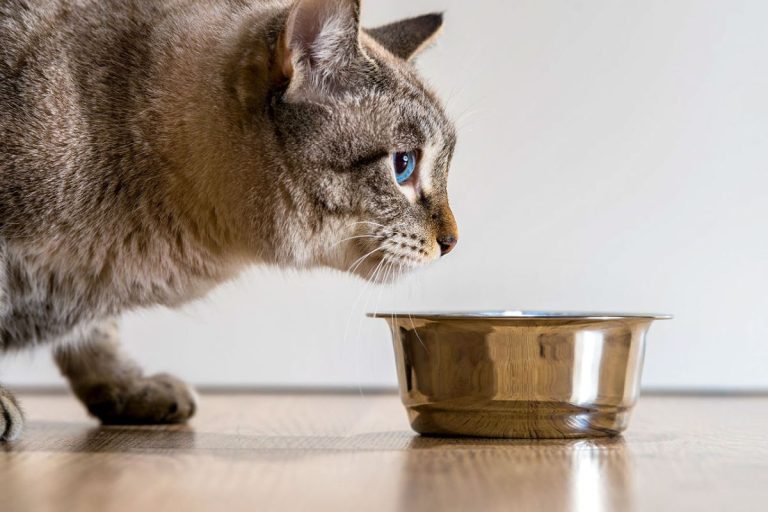Can Cats Really Taste Sweet? Here’s What Science Says
I’ve always been fascinated by the sensory world of cats, particularly their taste perception.
Unlike humans, cats can’t taste sweet flavors due to a genetic mutation that disables their sweet taste receptors.
This evolutionary trait is tied to their carnivorous diet, which prioritizes meat and the detection of amino acids over sugars.
It’s intriguing to ponder how this influences not only their food preferences but also their overall nutritional needs.
But what exactly happens at the genetic level, and how does this shape our approach to feeding our
Let’s explore this in more detail.
The Science of Cat Taste
When we investigate the science of
Cats have approximately 470 taste buds, whereas humans have around 9,000.
This significant difference means cats experience flavors in a unique way.
As I explored this topic, I learned that cats lack taste receptors for sweetness.
These receptors, known as T1R2 and T1R3, are inactive in cats due to a genetic mutation.
What does this mean for our
Their taste buds are more attuned to detecting amino acids, which are the building blocks of proteins.
This makes sense when we consider their carnivorous nature.
Cats are also highly sensitive to bitter tastes, which likely serves as a protective mechanism against ingesting toxic substances.
Understanding the science behind
This knowledge allows us to cater to their specific needs, ensuring they live healthier, happier lives.
Evolutionary Dietary Needs
Given their unique taste buds and inability to detect sweetness, cats’ evolutionary dietary needs have shaped their preference for protein-rich foods.
Throughout their evolution, cats have developed as obligate carnivores, meaning they thrive on a diet primarily composed of animal tissues.
This adaptation is evident in their physiology and metabolic processes, which are finely tuned to extract essential nutrients from meat.
Examining the dietary composition of wild cats offers valuable insights into their nutritional needs:
| Nutrient | Percentage in Diet |
|---|---|
| Protein | 52% |
| Fat | 46% |
| Carbohydrates | 2% |
| Fiber | <1% |
Cats depend on high levels of protein and fat to maintain their energy levels, muscle mass, and overall health. Unlike omnivores, they lack the digestive enzymes necessary to break down plant-based materials efficiently.
As a result, their bodies have no evolved need for carbohydrates, which explains their indifference to sweet flavors.
As a
Providing a balanced diet that mirrors their natural intake ensures they receive the nutrients they need.
By focusing on high-protein, low-carb foods, we cater to their evolutionary needs and support their long-term health.
Genetic Factors in Taste
Genetic mutations play a fundamental role in shaping a
Cats possess a unique set of taste receptors, and it’s fascinating how these receptors have evolved.
Unlike humans, cats lack functional sweet taste receptors due to a genetic mutation in the Tas1r2 gene. This mutation renders them unable to detect sweet flavors, which aligns with their natural carnivorous diet. They don’t require carbohydrates, so detecting sugars isn’t essential for their survival.
Additionally, cats have a highly developed sense of taste for amino acids, which are the building blocks of proteins.
This heightened sensitivity helps them identify and seek out meat, which is essential for their nutritional needs.
The gene variations that enhance their ability to taste certain amino acids also reduce their ability to taste other flavors, including sweets.
Understanding these genetic factors isn’t just interesting; it’s vital for those of us who care for cats. It guides us in making informed decisions about their diet, ensuring we provide them with the nutrition they need.
By recognizing what they can and can’t taste, we can better cater to their health and well-being.
Comparing Feline and Human Taste
Humans and cats experience taste in fundamentally different ways due to distinct evolutionary paths and dietary needs. While we humans have around 9,000 taste buds, cats only possess about 470.
This huge difference isn’t just a numbers game; it reflects our varied dietary requirements.
Our taste buds are attuned to savoring a wide range of flavors, including sweetness, which often signifies energy-rich carbohydrates.
In contrast, cats, being obligate carnivores, evolved to prioritize meat, making their taste receptors finely tuned to detect amino acids and other components of meat rather than sugars.
Interestingly, cats lack functional sweet taste receptors.
The genes responsible for these receptors, Tas1r2 and Tas1r3, are either non-functional or completely absent in domestic felines. So, while I might delight in a slice of cake, a
This genetic divergence highlights how our dietary histories have shaped our sensory worlds.
Moreover, cats have a heightened sensitivity to certain bitter compounds, which likely evolved as a protective mechanism against ingesting toxic substances.
Understanding these differences not only fascinates me but also underscores the importance of tailoring our care and feeding strategies to meet the unique needs of our domestic companions.
Implications for Cat Nutrition
Recognizing that cats can’t taste sweetness at all, we need to focus on how this affects their nutritional requirements and dietary choices.
Cats are obligate carnivores, meaning their bodies are specially adapted to derive nutrients primarily from animal-based proteins and fats.
Since they can’t taste sweets, their dietary needs don’t include carbohydrates or sugars, which are often unnecessary and can even be harmful in large amounts.
In crafting a balanced diet for our
Additionally, fats are an important energy source, aiding in nutrient absorption and maintaining healthy skin and fur.
Commercial
Many cheaper options contain fillers like corn, wheat, and soy, which offer little nutritional value.
Instead, seek out brands that prioritize meat and avoid added sugars or artificial flavors.
Remember, cats don’t benefit from sweet tastes, so there’s no need to include such ingredients in their diet.
Ultimately, understanding a
Conclusion
So, can cats taste sweet? No, they can’t. Their genetic makeup guarantees they don’t crave sugar like we do.
Instead, they’re fine-tuned to seek out protein-rich, meat-based diets, aligning with their evolutionary needs. Understanding this helps us make better nutritional choices for our
By respecting their unique dietary requirements, we’re not just feeding them; we’re nurturing their well-being. It’s fascinating how science can guide us in caring for our pets!

